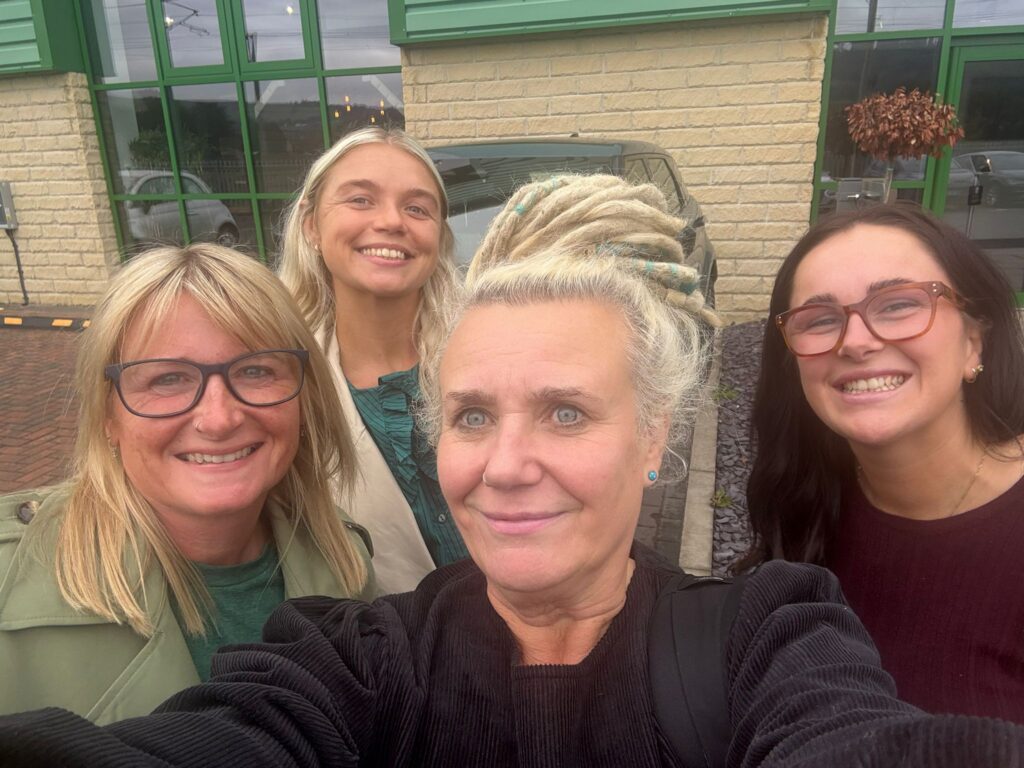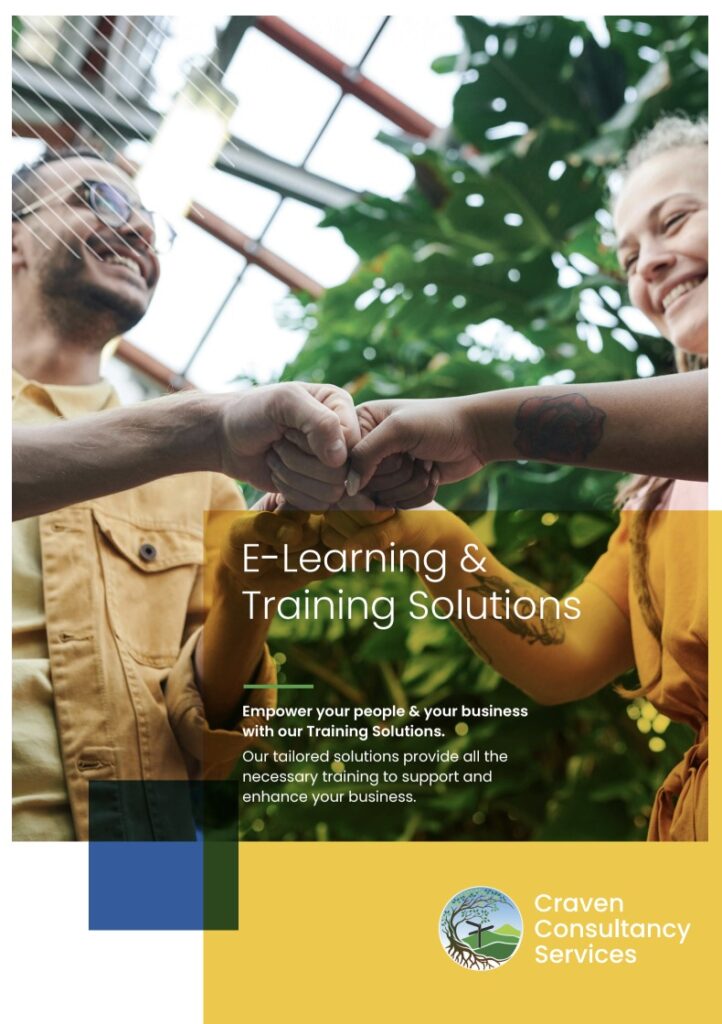Is It Possible to Reduce Business Costs Without Harming Productivity?
In today’s climate of economic uncertainty and rising operational expenses, many businesses are asking the same question: How can we reduce costs without sacrificing performance? The good news is, it’s not only possible, it’s strategic. Cost-cutting doesn’t have to mean redundancies or scaling back on service quality. With the right approach, organisations can streamline processes, harness smarter technology, and refocus resources in ways that drive efficiency, boost engagement, and protect productivity.
Before making changes, it is important to acknowledge the main stressors that organisations are facing. Rising operating costs, including energy, utilities, raw materials and logistics, continue to squeeze margins. Labour market pressures also play a role, with challenges around recruitment, retention and rising wage demands making workforce planning more complex. Increasing regulatory and compliance requirements add further strain, particularly as industries adapt to new legislation and reporting standards. Businesses are also navigating the need to invest in technology, balancing the benefits of digital transformation with the cost of managing outdated legacy systems. On top of this, customer expectations for faster service, digital access and sustainable practices require continuous investment. Finally, global uncertainty, from supply chain disruption to inflation and geopolitical risks, compounds these challenges and adds an additional layer of unpredictability.
These stressors can quickly erode profitability and place strain on both leadership and employees. That is why reducing costs impulsively, without careful planning, can actually increase these pressures, damaging morale, disrupting operations and ultimately reducing profitability in the long run. The key is to take a structured, people-focused approach that aligns with long-term sustainability goals and protects employee wellbeing.
Step 1: Conduct a Thorough Cost Analysis
Begin by understanding exactly where your money goes:
- Categorise your expenses into essentials (operational necessities), discretionary (nice-to-have but not essential) and redundant (things your organisation no longer needs).
- Identify inefficiencies by reviewing processes and systems. Often, organisations unknowingly waste significant resources through duplicated efforts or outdated workflows.
- Benchmark costs against similar organisations. This helps you to identify areas where your spending may be unnecessarily high.
Step 2: Involve Your Employees Early
Employees often have the clearest insight into day-to-day operations:
- Hold open discussions or anonymous surveys to encourage staff to suggest cost-saving measures.
- Clearly communicate why cost reductions are necessary, how they’ll be implemented and what you hope to achieve.
- Employees who feel listened to and involved are more likely to positively support and accept necessary changes.
Step 3: Focus on Efficiency, Not Simply Cutting Back
Effective cost-saving is about doing things better, not just less:
- Automate routine tasks: Invest in affordable technology or software that streamlines repetitive administrative tasks, reducing labour hours without affecting productivity.
- Review and improve workflows: Look closely at how tasks are completed—can any steps be removed or simplified without harming quality?
- Reduce waste: Examine usage of office supplies, materials and resources. Encouraging mindful consumption can lead to substantial savings.
- Embed sustainable practices: Introduce paperless processes, optimise energy usage, and reduce physical waste across operations to lower long-term costs and support environmental goals.
Step 4: Review Supplier and Contractor Agreements
Relationships with suppliers and contractors often present significant opportunities for savings:
- Negotiate better terms, especially if your relationship has longevity.
- Consider consolidating suppliers to achieve volume discounts.
- Regularly review contracts to ensure that pricing remains competitive and meets your needs.
- Prioritise suppliers with sustainability credentials, and explore partnerships that align with your green and social responsibility goals.
Step 5: Be Cautious with Workforce Reductions
Reducing your workforce may seem like a quick fix, but this approach often backfires, causing long-term damage:
- Consider alternative staffing solutions first: Job sharing, reduced hours, flexible working or natural attrition can effectively lower costs without significantly damaging morale or losing skilled staff.
- Temporary adjustments: Offering temporary salary reductions or pausing bonus schemes, rather than permanent layoffs, can help to retain skilled employees through challenging periods.
Step 6: Invest in Your Existing Talent
Improving employee skills is often more cost-effective than recruitment or outsourcing:
- Train your staff in additional areas, creating a multi-skilled workforce that’s more flexible and adaptable.
- Provide targeted training to boost efficiency and reduce costly mistakes or wasted effort.
- Include workplace wellbeing, inclusion and neurodiversity training to foster a stronger, more inclusive culture that retains valuable talent.
- Focus on sustainability-focused training to embed eco-conscious practices into day-to-day operations.
- Promote mental health awareness and ensure access to wellbeing support tools that sustain performance through change.
- Embrace neurodiverse talent: Create an inclusive hiring strategy that supports neurodivergent employees with tailored accommodations, flexible working, and strengths-based job design. This can unlock untapped potential and drive innovation.
Step 7: Preserve Morale, Culture and Long-Term Vision
The way you handle cost reductions will set the tone for your organisation’s culture:
- Be transparent: Clearly communicate what you’re doing and why.
- Reassure your employees about their future: Provide regular updates to avoid rumours and anxiety.
- Celebrate small wins: Recognise and reward cost-saving efforts made by your team, even in tough times.
- Champion sustainable practices: Engage your workforce in ideas that support environmental and social responsibility — these often deliver long-term cost savings and enhance brand value.
- Embed wellbeing into everyday culture: Make employee support part of routine management, not a reactive measure.
- Use digital platforms like Monday.com: Implement intuitive work management tools to improve visibility, collaboration and accountability across remote or hybrid teams. These platforms help streamline workflows, track progress and reduce inefficiencies.
Step 8: Commit to Continuous Improvement – The 90-Day Cycle
Cost reduction is not a one-off exercise; it’s an ongoing discipline:
-
Adopt a 90-Day Plan: Review costs and efficiencies every quarter, not just once a year.
-
Set SMART goals: Define specific, measurable, achievable, relevant and time-bound cost-saving objectives for each 90-day cycle.
-
Track progress: Use dashboards and regular reviews to measure success and adapt quickly if strategies aren’t working.
-
Involve employees in the cycle: Encourage teams to suggest improvements and share ideas at each checkpoint.
-
Evolve and adapt: What worked six months ago may not work today. Keep your cost-reduction strategies dynamic and aligned with changing business needs.
Embedding a continuous improvement mindset ensures savings are sustainable, productivity is protected, and your organisation remains resilient no matter the external climate.
Final Thoughts
The key to success is strategic planning and people-focused decisions. Reducing costs effectively means carefully balancing short-term financial pressures with long-term organisational sustainability. Rather than simply cutting expenses, take a thoughtful, collaborative approach that values efficiency, invests in your employees, and safeguards your organisation’s culture.
At Craven, we help businesses make practical, people-led changes that reduce cost and increase resilience — including expert support on training, workplace wellbeing, inclusive practices such as neurodiversity awareness, and sustainability-focused transformation.
📞 Contact us today to arrange a no-obligation consultation: [email protected]













